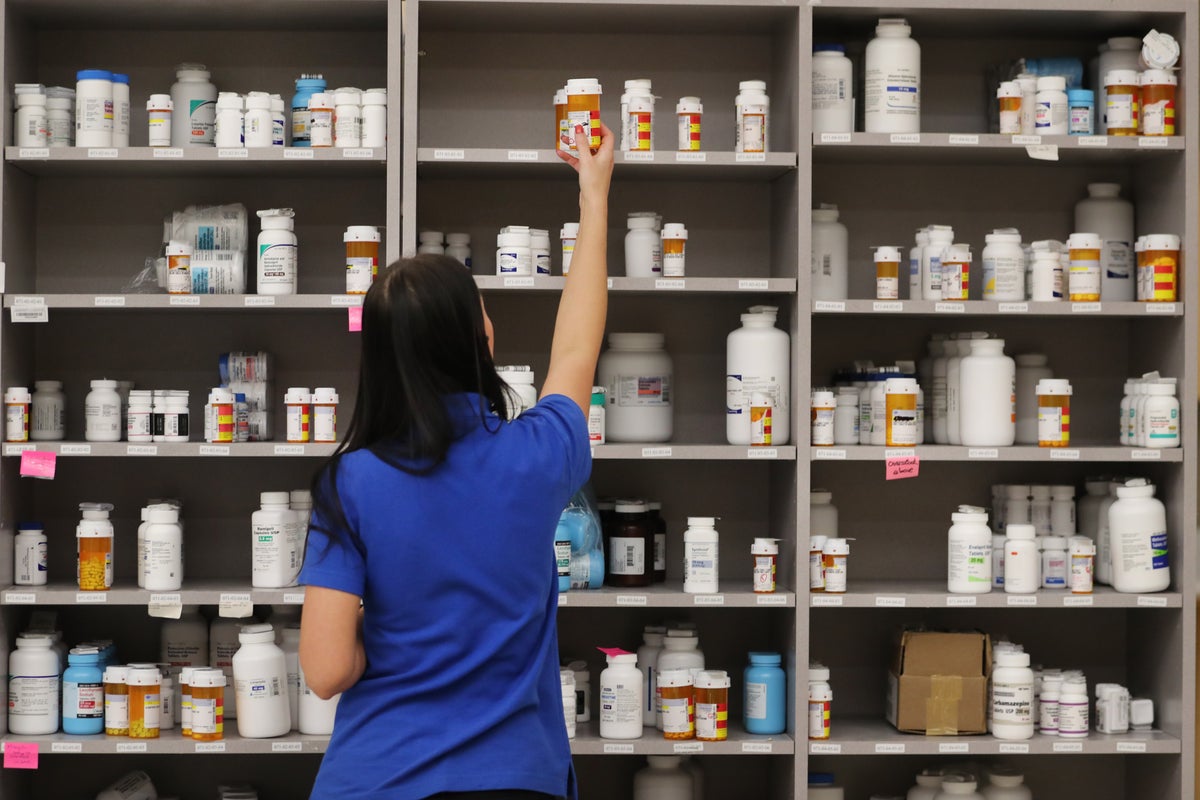
President Donald Trump says he will introduce a 100 percent tariff on imported pharmaceuticals, as well as a 50 percent tariff on kitchen and bathroom cabinets, a 30 percent levy on upholstered furniture, and a 30 percent levy on heavy trucks.
The new import taxes are scheduled to come into effect on October 1.
Explaining his decision on Truth Social Thursday, the president wrote that the pharma tariff would apply “unless a Company IS BUILDING their Pharmaceutical Manufacturing Plant in America.
“‘IS BUILDING’ will be defined as, ‘breaking ground’ and/or ‘under construction.’ There will, therefore, be no Tariff on these Pharmaceutical Products if construction has started.”
The U.S. imported nearly $233 billion in pharmaceutical and medical products in 2024, according to the Census Bureau. Trump has reportedly recently been entertaining the idea of launching a platform to enable consumers to buy medication directly from manufacturers, aiming to bring down the cost.
On home furnishings, Trump said in a separate post: “The reason for this is the large scale ‘FLOODING’ of these products into the United States by other outside Countries. It is a very unfair practice, but we must protect, for National Security and other reasons, our Manufacturing process.”
On heavy trucks, he said that American manufacturers, such as Peterbilt, Kenworth, Freightliner, and Mack Trucks, among others, will be protected from the onslaught of outside interruptions.
“We need our Truckers to be financially healthy and strong, for many reasons, but above all else, for National Security purposes!”
The announcements suggest that the president remains unshakeable in his belief that taxes will help to reduce the government’s budget deficit while simultaneously making international trade “fairer” and encouraging domestic manufacturing.
His confidence is not shared by many economists, however. It was feared earlier this year that Trump’s tariff aggressions against other countries – first unveiled at his “Liberation Day” event in the White House Rose Garden on April 2 and then hastily suspended once global stock markets reacted with horror – would drive up inflation and hurt American consumers.
Until now, that has not been the case, but the Consumer Price Index climbed to 2.9 percent in August, up from 2.3 percent in April, suggesting the impacts of his plan are beginning to trickle down.
The strategy has also so far failed to yield more jobs, with the Bureau of Labor Statistics reporting that the U.S. manufacturing sector has cut 42,000 roles since April, while the building industry has downsized by 8,000.
The additional tariffs now risk further intensifying inflation and slowing economic growth at a time when employers are already grappling with Trump’s previous import taxes and new levels of financial uncertainty.
Despite this, the president insisted on Thursday: “There’s no inflation. We’re having unbelievable success.”
